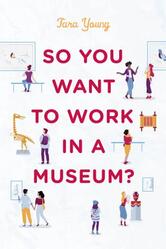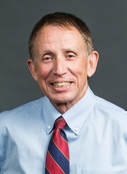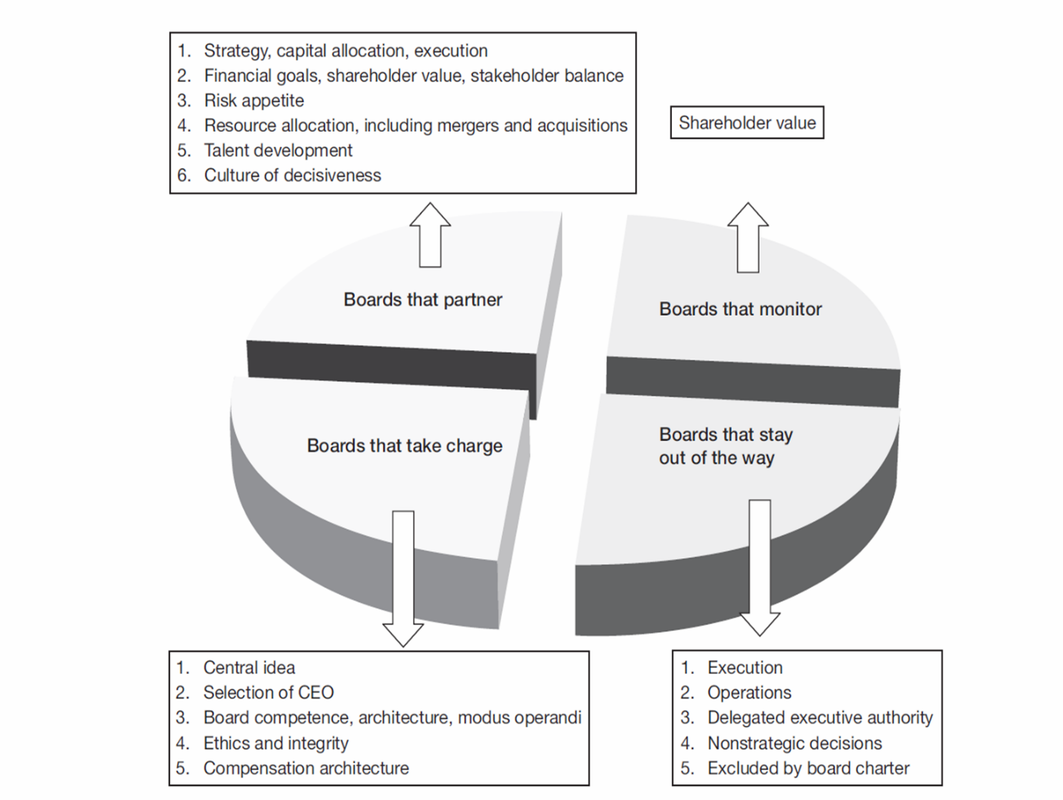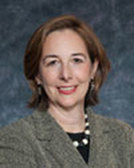By Tara Young

My recently published book So You Want to Work in a Museum? can help. While written primarily for students, recent graduates, and career changers who want to learn more about the field they are considering or planning to enter, trustees may find it useful as well.
The book starts out looking at museums by type and by structure; though I mention university museums, municipal museums, and other governance models, the focus is on board-governed nonprofit museums. Then, it moves on to organizational structure. Because museums are idiosyncratic, no one structure can describe every institution, but the sample organizational chart I created gives an example. In writing about structure, I wanted to focus on the trustee role, something that’s not often introduced to prospective or entry-level staff. Not only do I think it’s important for staff at all levels to know about the various ways in which trustees serve museums, but I also wanted to show that trustees and staff are partners in working toward the museum’s mission. Though junior staff might not have many opportunities to interact with trustees, I discuss ways that staff at all levels can get to know board members and see them in action (while keeping in mind that staff should check with their supervisors to learn about protocols for communicating with trustees).
The section of the book that trustees might find most useful is a department-by-department guide. Within each department, I look at three or four specific jobs, covering the main tasks along with the required skills and recommended preparation. Each job also has a section called “keep in mind.” These are aspects of the role that are neither pros nor cons, but rather are points to consider that might not be apparent, like the fact that education jobs require significant weekend work, or that conservators often get the chance to travel with artworks as couriers.
Board members at most museums likely have regular interaction with curators, development and membership staff, conservators, and educators (though this will vary by institution). Trustees are much less likely to get a window into other jobs that are not as visible but are still key among all those moving parts. Not only are roles like registrar, facilities manager, shop buyer, mount maker, conservation technician, and prospect researcher important, but they’re also quite interesting to learn about. Staff in those roles are accustomed to constantly having to explain what they do; they would undoubtedly appreciate trustees taking the time to learn more about their responsibilities.
For each department, I profiled someone currently working in one of the positions covered in that chapter. These profiles include people from across the country; from history, science, art, college, and specialty museums; from museums with staff that can be counted in the dozens to those with several hundred employees.
Former MTA President and Trustee Emerita Mary Baily Wieler graciously provided a profile for the book. She wrote about aspects of her background that prepared her for board work, talked about the ways her museum service differs between institutions, and mentions some of the highs and lows: “My favorite part of the job is tackling the tough issues and making decisions to ensure the financial sustainability of the museum and providing proper governance oversight of the museum director. My least favorite part of the job is chasing donors to renew their memberships.” Mary also gives some excellent advice to prospective staff: “Civic engagement is a rewarding part of one’s professional and personal life. I’ve made life-long friends and enhanced my skills all in support of each museum’s mission. I would highly recommend board service to anyone contemplating joining the museum field.” She also makes an important point about the staff and trustees’ common goals: “Museum staff members need to recognize that board members are their partners in ensuring the long-term sustainability of the museum. They are volunteers, dedicated to the museum’s mission and providing wisdom and oversight for the greater good and in the public trust.”
I greatly appreciate Mary’s input, which makes the trustee role more accessible to readers. I hope that book similarly sheds a light on the complex behind-the-scenes realm of museum work, and that trustees find this bird’s-eye view useful.
-----------
Tara Young is an independent museum consultant based in Massachusetts. She teaches museum studies at Tufts University and has worked in and with museums for more than 20 years. Visit her website at www.tarayoungconsulting.com.






 RSS Feed
RSS Feed